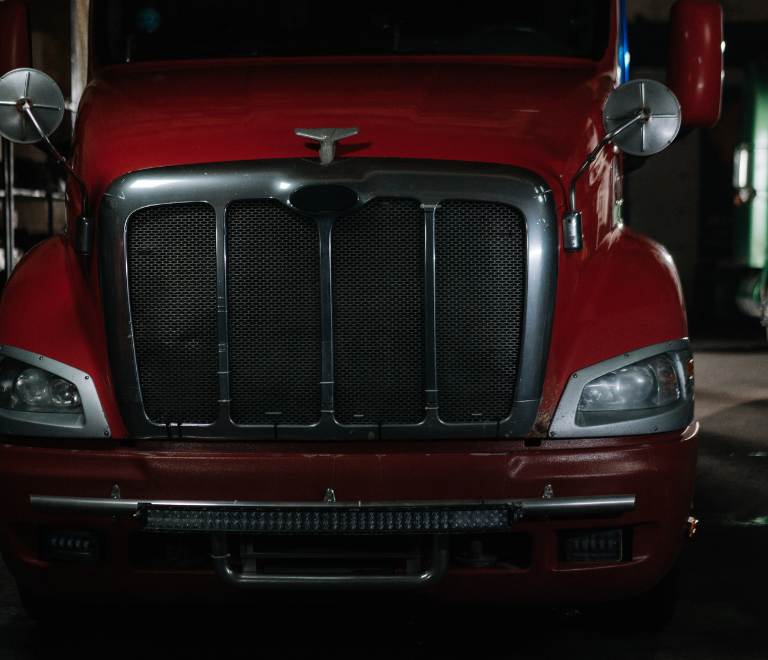Are there any recommendations for avoiding accidents for truck drivers who operate 80,000-pound vehicles on public roads?
Absolutely, there are!
To avoid avoidable accidents, all that is needed is some mindfulness and common sense.
Nearly all accidents can be avoided.
In actuality, most accidents May be avoided.
Unnecessary incidents are also referred to as preventable accidents by insurance firms.
You’ll learn as a newly qualified truck driver that once you’ve made it through the basic training and your trucking firm gives you your own rig to drive for the first time, you’ll be faced with a completely different set of obstacles.
A rookie CDL driver may find the entire situation to be rather daunting.
Here are some straightforward suggestions for novice truck drivers who are beginning their careers alone as solo drivers (without a teammate or driver trainer). These suggestions can help you prevent needless collisions.
Who, after all, wouldn’t want to prevent an accident?
Truck Driver Tips And Tricks To Avoid Accidents
Take Your Time
Now that you drive for a living, consider taking your time as the first rule.
Slowly and deliberately execute whatever you are doing:
- Whether you’re already leaving or just entering a truck stop.
- Entering and leaving the drop yard
- Finding a customer’s location
- Or when bringing your vehicle to a stop at a loading dock
We can’t stress how important it is to move carefully and consider what you are doing no matter what you are doing in your typical day as a professional truck driver.
Most avoidable accidents have speed as a significant contributing component.
Thus, of all the tips for avoiding accidents, the best one is still to drive cautiously and on the “slower” side.
Be Meticulous
One of the best tips on driving a big truck is to check your blind spots, conduct a thorough pre-trip inspection, and any other important details to make sure you haven’t overlooked anything.
As you’re just leaving the yard, keep an eye on the entire vehicle. Some motorists disregard the absence of impediments in this situation.
Rather than just keeping an eye on the front of the car, you should keep an eye on the whole thing.
You may assist keep yourself out of trouble by being meticulous and thorough.
To avoid forgetting to do a crucial task, it can be a good idea to complete tasks in the same order each time.
For instance, use the exact same procedure you typically use while completing the pre-trip, paperwork preparation, airline check, etc. before leaving the yard. You’ll have the best chance of covering all the bases and avoiding an accident that way.
Road Map
Finding your delivery destination will be a struggle now that you’re on the road by yourself.
This can be incredibly stressful even after you’ve done your due investigation and scheduled your trip to learn where the consumer is on your map and/or GPS.
For a newly qualified driver, driving in traffic and finding a destination where they have never been before can be frightening experiences.
Even for seasoned truck drivers who have been doing it for years, this may be very stressful.
Yet as time passes, it will become simpler.
Making trip planning a daily habit is the best advice for novice drivers.

Take a Route Map and Follow It
Investing in a high-quality road map is one of the greatest suggestions, but both novice drivers and seasoned truckers sometimes overlook it.
However, GPS is only a tool. The sole place to get directions shouldn’t be from there. They are not the best instrument available.
Sometimes GPS systems are inaccurate. Get a route map and contrast it with the information the device is providing.
To get directions, call the client.
Call the receiver or customer and ask for specific directions to the delivery place before you arrive to deliver your load, such as the staff members who daily direct trucks into and out of the loading dock.
Compare what they are saying to the information on your GPS and map.
Then, you have three points of comparison, which may be the easiest method to reduce your likelihood of making mistakes.
Being lost in a dangerous location or operating a tractor-trailer through a residential area is not enjoyable.
Finding a delivery site can be particularly difficult if the consumer lives in a densely populated region.
You might also need to deliver in an older part of the city where the roads are winding, the curves are sharp, and the bridges are low.
Again, the key is to proceed carefully and take your time. Keep a sharp lookout.
Enter Your Delivery Area And Examine It
When you finally locate your client, park on the sidewalk, enter and take a look at the area where you’ll be backing the trailer.
Take note of the area’s layout, and watch out for anything in your path that might wind up in your blind areas when you start to back up.
If there is a way to avoid blindsiding when backing in, look about the area to avoid unwanted surprises.
Do Not Rely On Your Spotter
It’s not about being a jerk; it’s you being responsible.
The positioning and control of your vehicle are ultimately your responsibility, and the spotter has no accountability for this.
One thing you should keep in mind when backing up your vehicle with a spotter is that most of the time, they put their attention on a single area of the truck.
Most likely, he is not keeping an eye on your front right corner or overhead clearance. He’s probably only looking at the back of the trailer or a limited region around it.
The spotter may have the best of intentions, but don’t put all your faith in him.
Get out of your truck regularly to take a look to avoid being blindsided.



